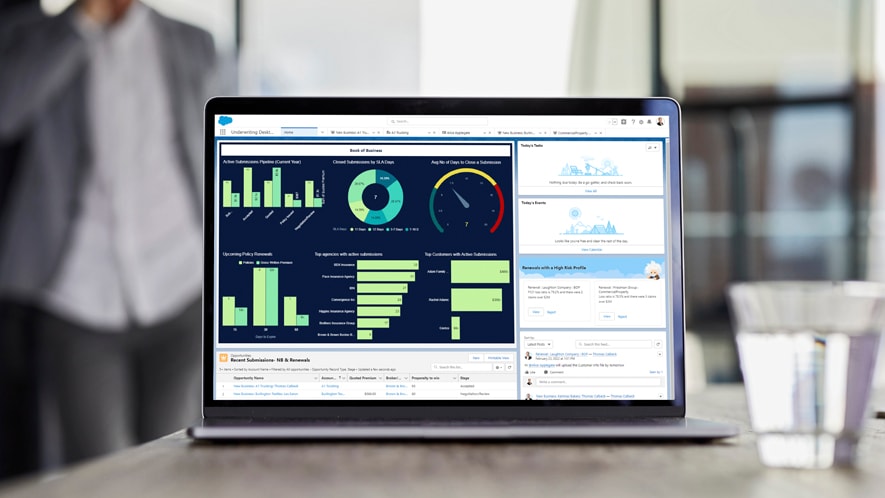The Superior Brigade | Digitalvision | Getty Pictures
If you get your wellbeing insurance policy by means of the government Health Insurance Marketplace, you may perhaps want to brace for bigger premiums up coming yr.
Except Congress takes motion, improved top quality subsidies — technically, tax credits — that have been in put for 2021 and 2022 will vanish following this 12 months. The transform would have an effect on 13 million of the 14.5 million folks who get their wellbeing insurance via the federal trade or their state’s marketplace.
“The default is that the expanded subsidies will expire at the finish of this calendar year,” stated Cynthia Cox, a vice president at the Kaiser Loved ones Basis and director of its Economical Care Act software. “On normal, premiums would go up much more than 50%, but for some it will be additional.”
Much more from Personalized Finance:
Value to finance a new car hits a report $656 for every thirty day period
Some professional medical debt will shortly vanish from credit history experiences
Tying the knot? Incorporate ‘marriage tax penalty’ to opportunity value
Most enrollees — which involves the self-used and personnel with no job-primarily based wellbeing insurance policy — get subsidies, which reduce what they pay back in premiums. Some men and women also may well qualify for aid with expense-sharing this kind of as deductibles and copays on selected programs, dependent on their profits.
Prior to the temporary variations to the calculation for subsidy eligibility, the support was typically only out there to households with profits from 100% to 400% of the poverty stage.
The American Rescue Prepare Act, which was signed into law in March 2021, eliminated — for two many years — that income cap, and the sum that any person pays for rates in the course of the reprieve is restricted to 8.5% of their cash flow as calculated by the exchange.
Assuming Congress does not prolong the expanded tax credits, only people with household profits from 100% to 400% of the federal poverty amount will once once again qualify for subsidies.
Precisely how a great deal of a quality improve a human being would see depends on revenue, age, the premium price tag in which they are living and how the premiums charged by insurers alter for up coming 12 months, according to Kaiser.
This is a hypothetical instance, centered on a report from the Congressional Budget Business: Say a 64-yr-outdated with $58,000 in money — about 430% of the 2022 poverty amount of $13,590 — has insurance policy by way of the trade. The 8.5% restrict at the moment in area suggests they would shell out no much more than $4,950 for rates this 12 months. Nonetheless, if confronted with a 400% cap on eligibility in 2023, that identical particular person would pay $12,900 for rates since they’d no for a longer time qualify for subsidies.
A proposal to extend the extra subsidies by 2025 was involved in the Democrats’ Construct Again Better bill, which cleared the Home last 12 months but fell aside in the Senate.
It truly is unsure whether the provision will be revived in some type by means of other legislation that Democrats may possibly test to get through the Senate right before a new Congress starts off in January — the make-up of which could search pretty distinctive because of to the midterm elections Nov. 8.




